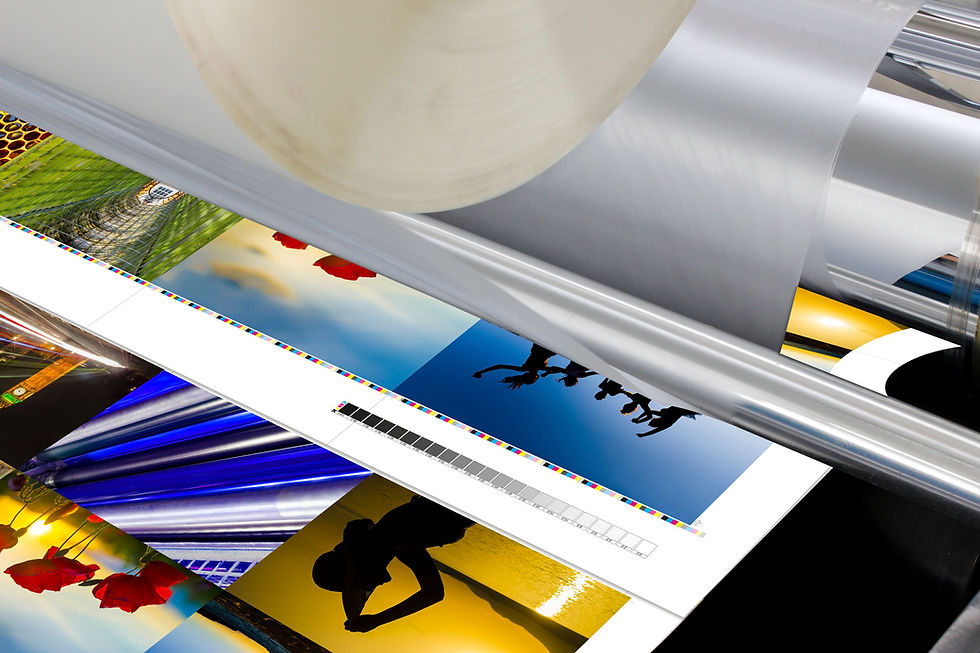Sewing the seeds of success
- steve8125
- 19 hours ago
- 2 min read
Whether for clothing, soft furnishings, wallcoverings, or anything textile, industrial inkjet technology is providing more choices than ever before. It quite simply simplifies the manufacturing process.
Industrial inkjet technology has quickly become a key player in textile printing. Unlike traditional methods that often require long set up times and limit design options, industrial inkjet enables fast production and detailed designs.
High speed inkjet printers can print directly onto various fabrics, including cotton, polyester, and silk.
The ability to print on-demand has changed how designers and manufacturers operate. This means businesses can produce small runs of custom designs – even down to one individual piece – with minimal set up, cutting down on waste and encouraging innovative fabric designs.
One of the most important benefits of industrial inkjet technology is its capability to produce intricate and vibrant designs. Designers can create complex patterns and smooth colour transitions that were difficult to achieve with traditional methods.
Speed is essential in today’s market. Industrial inkjet printers can produce high quality prints whilst dramatically lowering turnaround times. This efficiency enables businesses to quickly adapt to market trends, fulfilling customer demands in a timely manner and gaining a competitive edge.
In an era where sustainability is crucial, industrial inkjet technology provides an environmentally friendly alternative. Many inkjet printers use water based inks, which are less harmful than the solvent based inks used in traditional methods.

The fashion industry has perhaps been the quickest to adopt industrial inkjet technology. Designers can quickly create custom prints for clothing lines, providing endless possibilities for personalisation. For example, brands can offer limited edition prints that enhance their seasonal collections and appeal to consumers seeking different styles.
In sportswear, both performance and appearance are crucial. Industrial inkjet printing enables manufacturers to produce high quality, durable prints on fabrics designed for athletic wear. The ability to print on moisture wicking materials enhances both style and functionality, catering to athletes' needs.
Industrial inkjet technology is transforming the home decor market as well. Homeowners can choose fabrics for curtains, upholstery, and bedding that reflect their individual style. Custom prints can elevate the aesthetic of a room, making it more inviting.
Interior designers are increasingly turning to industrial inkjet technology when selecting upholstery fabrics. The option to print custom designs on various materials allows for unique interior spaces. This technology supports designers in creating a unified and stylish look that resonates with their clients’ personal tastes.
As technology advances, the future of industrial inkjet in textiles looks bright. Innovations in ink formulations and printer capabilities are set to enhance print quality and efficiency significantly. Furthermore, integrating automation and artificial intelligence in printing processes will reduce human error and streamline production.
Industrial inkjet technology is reshaping fabric printing by offering exceptional design options, quicker production times, and sustainable practices. As this technology continues to evolve, it will play a crucial role in empowering designers and manufacturers to explore new creative horizons. Embracing industrial inkjet technology is a smart move that positions businesses for future success.






Comments